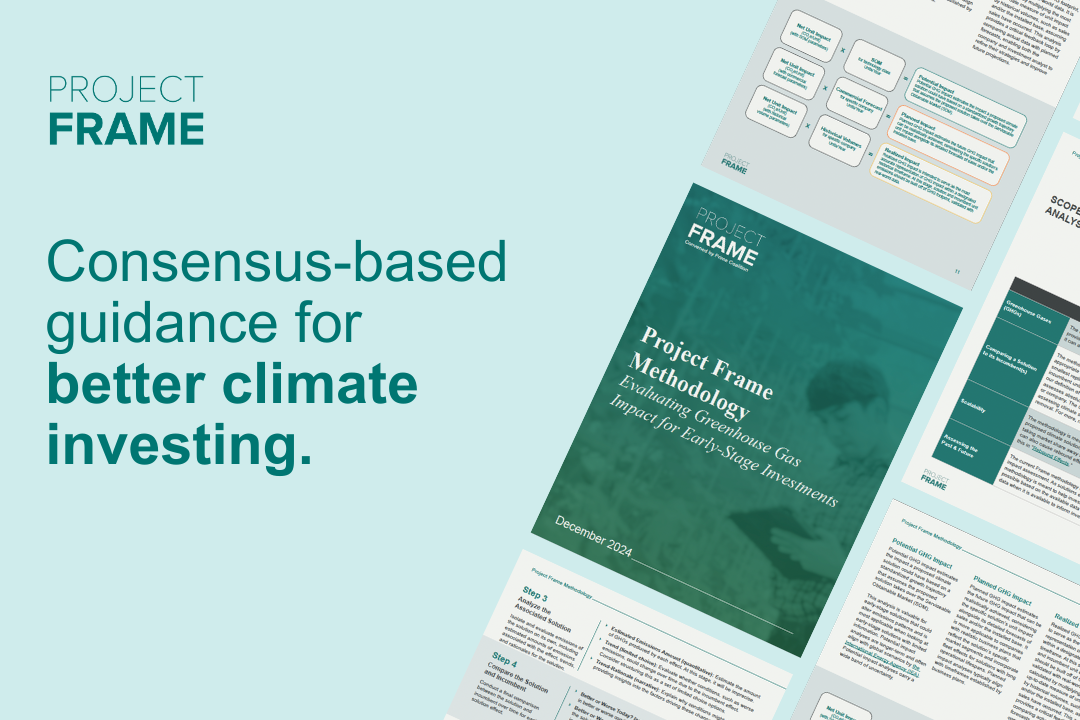Introducing the Updated Methodology for Evaluating Greenhouse Gas Impact for Early-Stage Investments | December Community Meeting Summary
Disclaimer: Project Frame is not a regulatory body, nor should its content be considered financial advice. Methodology guidance produced by Project Frame represents our contributors’ consensus and no one singular entity. Our work is intended for readers to review and use their best judgement to accelerate GHG mitigation with transparency and accountability. Numbers used in Case Studies are fictional and meant for educational purposes only.
Project Frame was proud to announce the launch of the updated Project Frame Methodology: Evaluating Greenhouse Gas Impact for Early-Stage Investments at its December 2024 Community Meeting.
This meeting concentrated on the changes from Methodology version 1.0 to version 2.0, with a look at additional resources developed to complement and deepen learnings, followed by another dive into a future emissions impact case study to see the methodology in action.
On behalf of the Project Frame community and the field at large, thank you to all the contributors to our methodology, including the 2023-2024 Content Working Group members, external reviewers, and the 36 focus group participants. We are appreciative of the time and hard work you put into this update; it is essential to enabling Frame’s free educational resources.
Key Changes to Frame’s Methodology: Streamlined & Additional Resources
The foundational Project Frame Methodology: Pre-Investment Considerations established the core formula: GHG Impact is unit impact multiplied by solution volumes. It also focused on defining key terms to establish a shared terminology and identified areas of further guidance. We listened to your feedback, and the updated methodology represents our best effort to capture community consensus as we continually iterate upon previous work.
We made some crucial changes to make the methodology easier to read and digest. Firstly, the core guidance is streamlined to be more concise, with background readings and supplemental content on topics such as fleet effects, diffusion of innovation theory, and quantifying grid intensity moved to a new library.
Secondly, we sought more clarity and precision in key terms. Unit impact is now consistently referred to as net unit impact, emphasizing both positive and negative solution effects. Additionally, we clarified the distinction between sales and volumes for more accurate GHG impact projections. Adjustment factors are also now referred to as optional adjustment factors, clarifying their role as separate from variables that contribute to net unit impact or volumes.
The original pre-investment methodology can and should still be used for a simple approach to GHG impact assessment and it remains accessible on the Project Frame website. The updated methodology provides a more holistic approach to the assessment process and expands on realized impact for reporting avoided emissions and the use of optional adjustment factors. In the spirit of brevity, below is a high-level summary of the key changes in Version 2.0:
Market Segmentation: A vital component affecting both unit impact and volumes and differentiated from market size, looking at differences in regional grid emissions, customers, and use.
Materiality Assessments: Added procedures to net unit impact analyses to help prioritize significant sources of difference, aligning effort with overall impact accuracy.
Evolving Net Unit Impact: Highlighted the need to track changes in net unit impact alongside solution stages.
Realized Impact: Additional guidance with emphasis on historical volumes to promote greater accuracy in both backward- and forward-looking assessments.
Optional Adjustment Factors: Adjustment factors are now more clearly defined as optional macro-level factors that cannot and should not be treated as modifiers to net unit impact or volumes. For clarity, Frame has reclassified horizontal and vertical attributions as value chain and capitalization attribution adjustments, respectively.
Additionality: An attribute of impact which causes a change in an outcome that would have not otherwise happened. Applications of additionality vary significantly depending on the focus of assessment. We included an Additionality Table in the paper that helps investors and companies distinguish applications of additionality and better articulate who or what is additional based on the context.
For a deeper understanding of these key changes, please refer to the updated methodology itself.
Project Frame is a collaborative journey. Additional topics, including fleet effects and recurring effects, will be explored in supplemental materials throughout 2025, and we encourage our diligent Project Frame community to contribute to ongoing projects and discussions on the methodology.
If you are not already a Project Frame member, you can become one for free to attend future Community Meetings and receive the latest news, updates, and opportunities to get involved!

